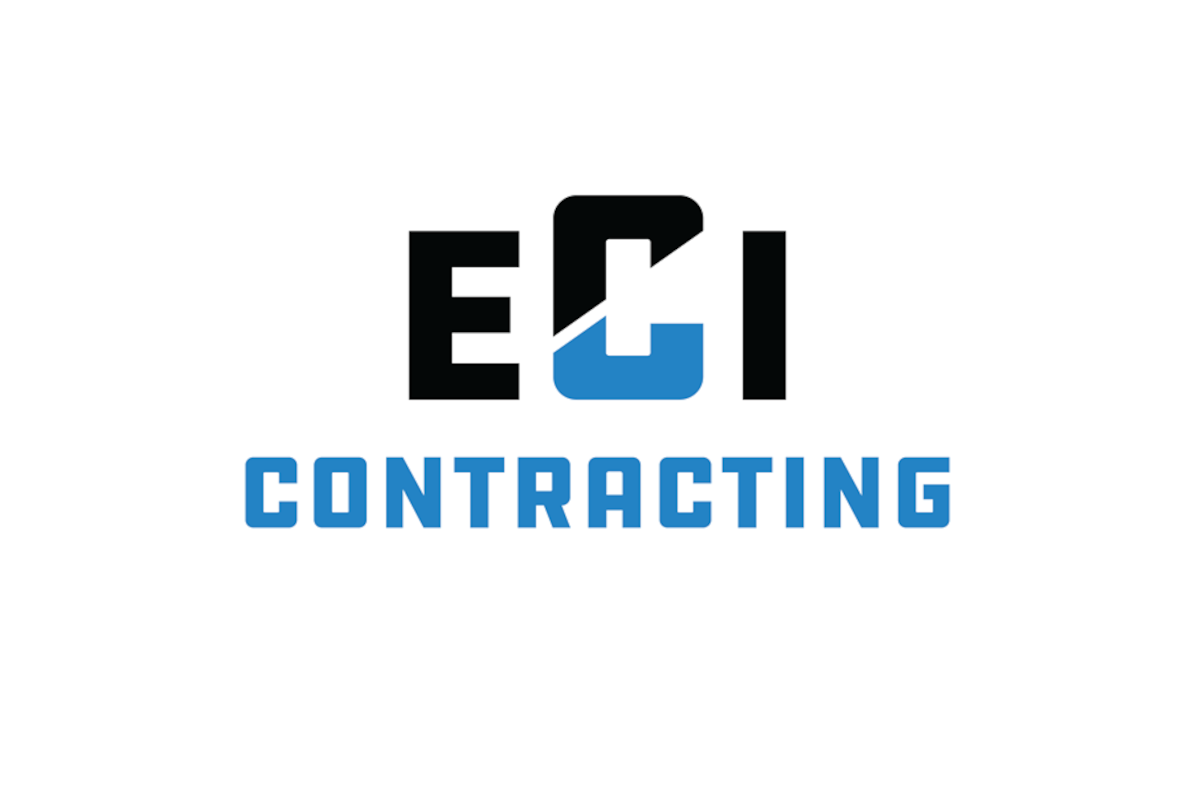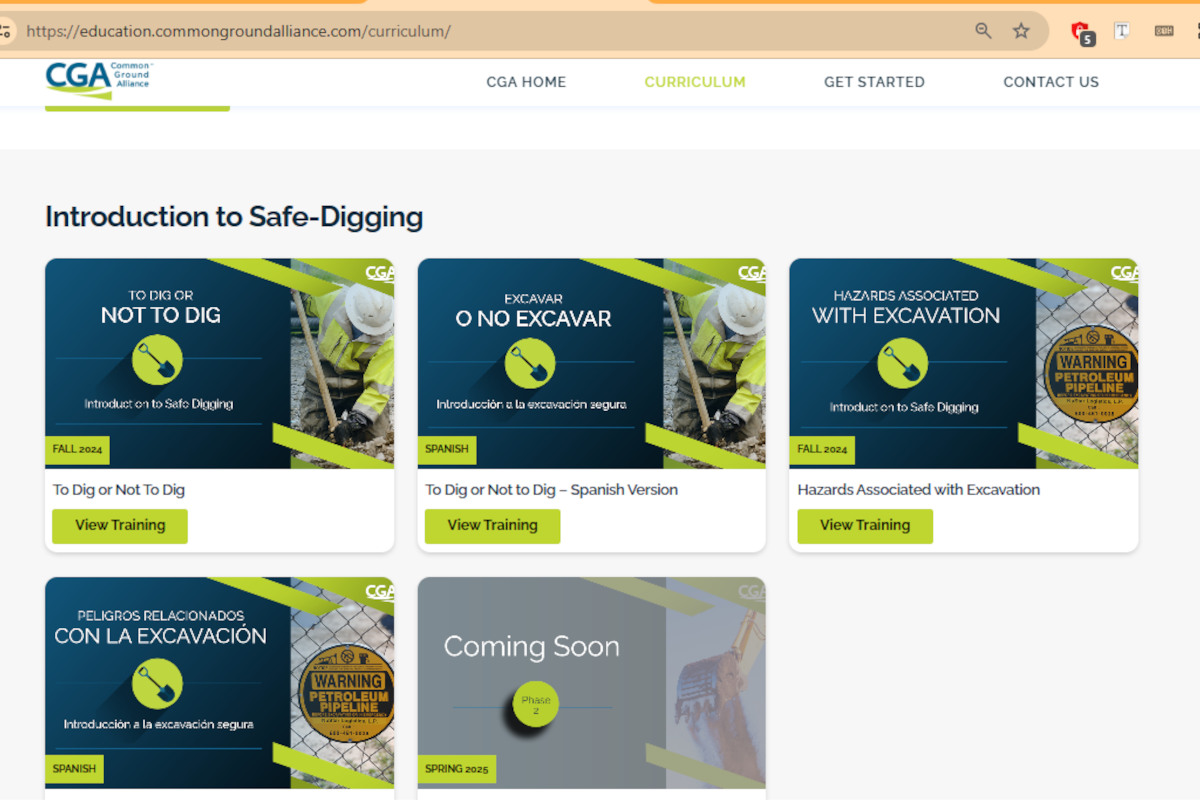
Heading to an Equipment Auction? Here’s Some Buying Tips to Keep in Mind

Keane
Not every company can afford to buy new equipment, whether due to cost or lead times for availability. Companies need the equipment now and they don’t want to pay a premium.
Every year, more and more people are turning to auctions to purchase equipment, but unfortunately not all auction companies are created equal. So, before you jump right in, the first thing to do is to research the company you’re considering buying from.
RELATED: The Art of Sale: Ritchie Bros. Leads the Way in Industrial Equipment Auctions
- What is their reputation among customers? Read through testimonials if available.
- Have they been around a long time or are they new to the market?
- Do they sell equipment unreserved—no minimum bids or reserve prices?
- Do they allow bid-ins or buy-backs from the owner to drive up the price?
- Can you inspect the item yourself or do they provide inspection reports?
- What buyer’s fees are being charged on items?
- Can you bid online? Onsite? Both?
- Can you buy the item right away or do you have to wait until a certain date to bid?
- What shipping/logistics resources do they have?
All this information will help you compare equipment auction companies. Once you’ve found a company you trust, start searching their inventory.
RELATED: HDD Used Equipment Market Remains Strong
For trenchless-related equipment there are several additional things to look out for when heading to an equipment auction:
- Are tracking electronics included with the purchase? Some auctioneers sell them separately, which will result in an additional cost you have to account for.
- What equipment information is provided? Unfortunately, some auctioneers don’t provide enough information about the asset for a buyer to make a confident, informed decision when bidding. This is highly technical equipment—four or five photos is not enough. If there are not enough photos, make sure to ask questions of the company. See if they can provide a video of the carriage, rotation gearbox and stake down system. Many auction companies also don’t mention or take pictures of drill pipe, heads, bits, hole openers/backreamers, augers, drive chucks/adapters, etc.
If you’re available to do an in-person inspection, here are some things to look out for:
- Check the mud pump closely. Are there any leaks? What is the overall appearance of the pump? Does it look like it has been anti-freezed?
- Check out the rod loading system, the electrical strike safety system, vice system, and the carriage travel and rotation system.
Once you’ve picked your auctioneer, your item, and inspected it, it’s time to get ready for auction day. Here are a few tips to get you prepared:
- Register: don’t wait until the last minute to register for the auction. You don’t want to be in a rush.
- Get comfortable: whether you’re bidding online or in person, make sure there are no distractions when your item comes up. Sit down and listen to the auctioneer for a bit before you start bidding. Their auctioneer chant may sound confusing at first, but after a few minutes it will all make sense—and just in case, there are usually sign boards showing the current ask price.
- Find your lot & lot number – make sure you know what time your item is selling.
- Make eye contact with the bid catcher – for live, in-person auctions, when you want to bid, make eye contact with the bid catcher and raise your hand early. The bid catcher will relay your bid to the auctioneer. Don’t try to be covert. Raise your bid catalog when you want to bid. The auctioneer will not let you bid against yourself, so don’t worry.




